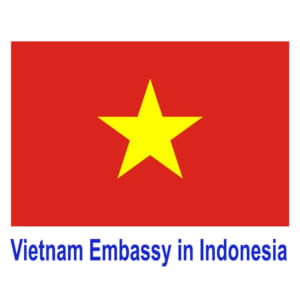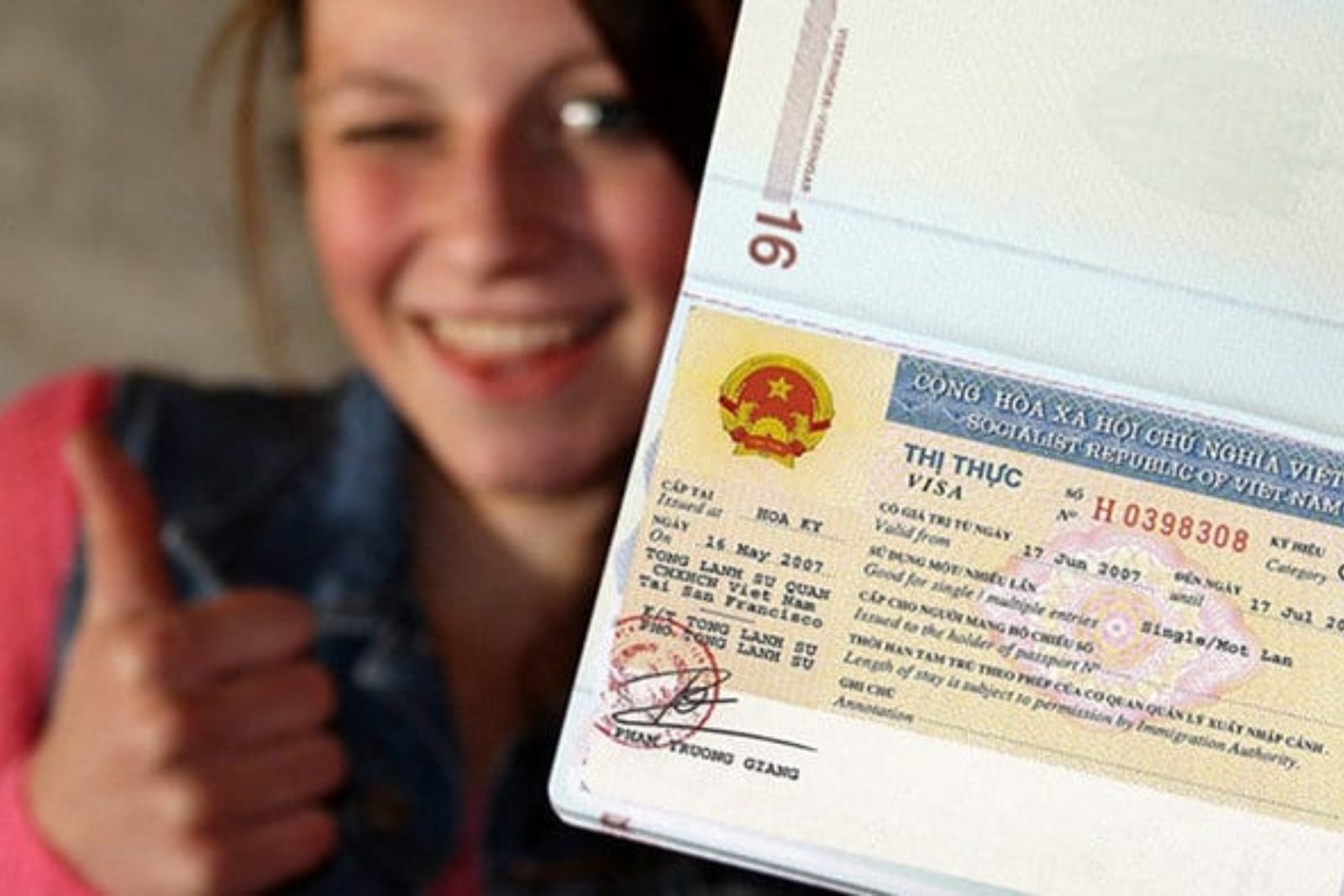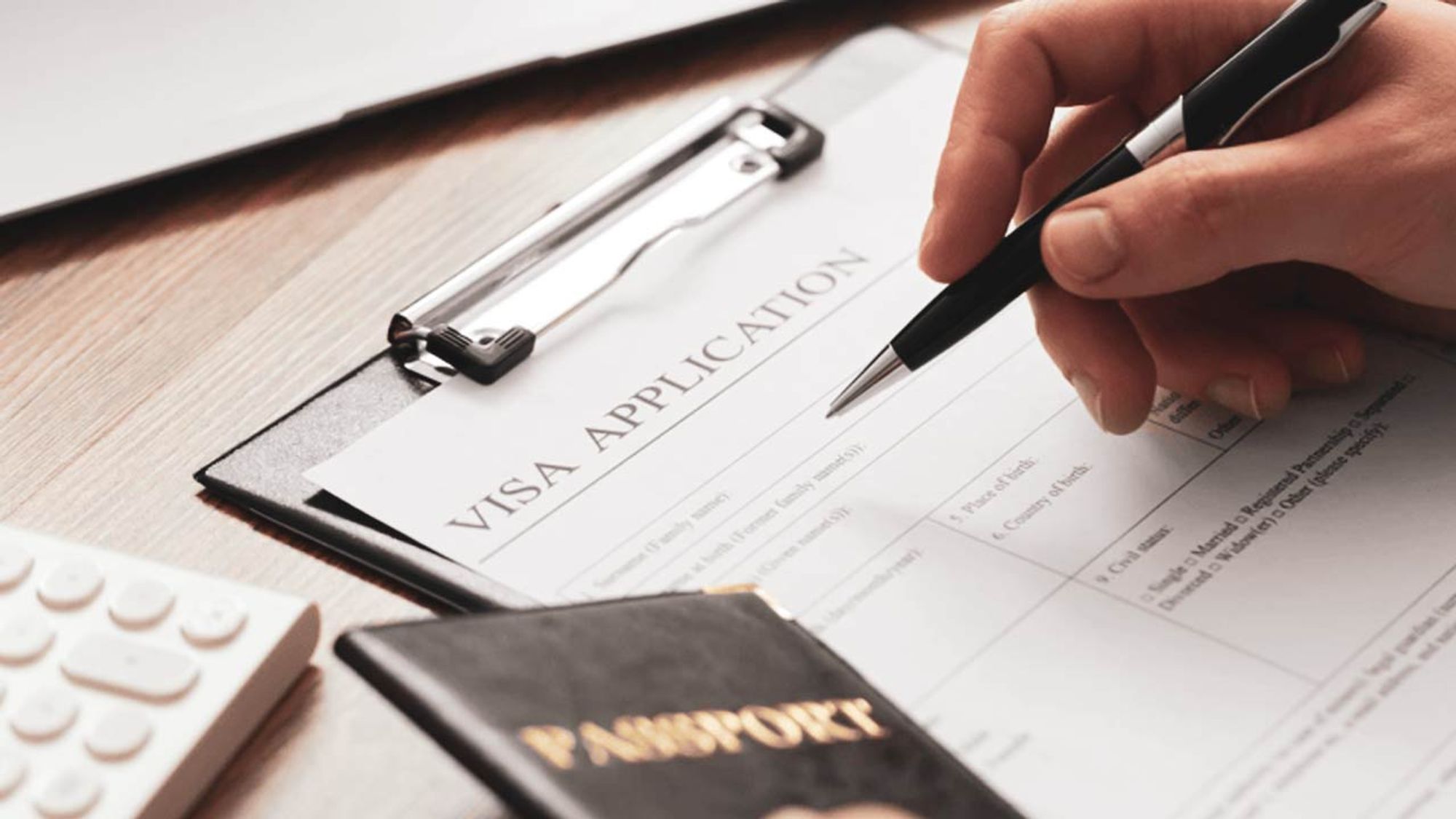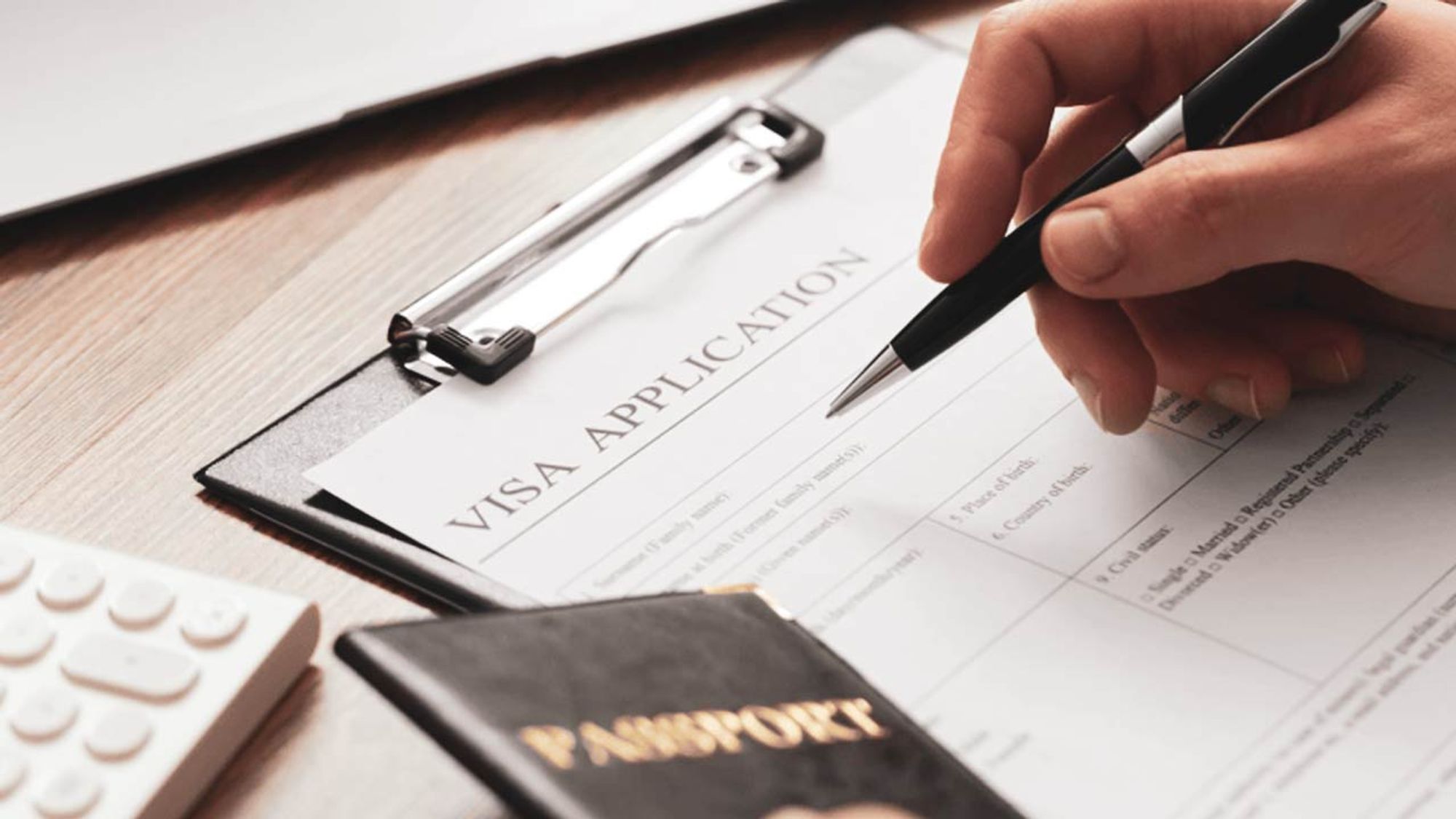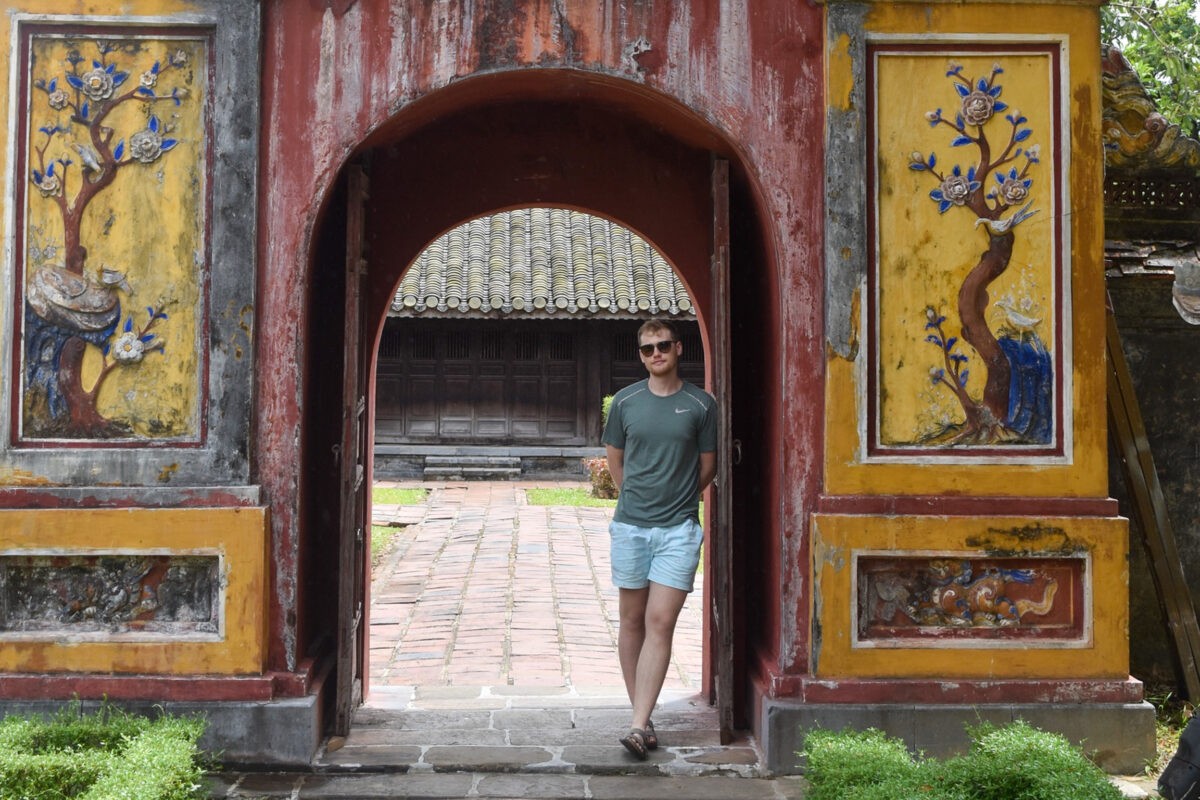
Explore Ancient Hue in Vietnam: A Comprehensive Guide to Hue Travel from China
Hue is a popular tourist destination in central Vietnam, known for its rich history, culture, and breathtaking natural beauty. Tourists can visit ancient temples, royal palaces, and stunning landscapes. If you’re a Chinese traveler seeking an exceptional travel opportunity, here’s some valuable information about visiting Hue.
What is the definition of “Hue”?
Hue, situated in central Vietnam, was formerly the capital of the Nguyen dynasty and features remarkable cultural and historical sites such as the Imperial City, Thien Mu Pagoda, and various tombs of emperors. Moreover, it is renowned for its breathtaking natural scenery, hospitable residents, and delectable cuisine.
What is the way to get from China to Hue?
Air travel is the easiest way to reach Hue from China. Direct flights are offered from key Chinese cities, including Beijing, Shanghai, Guangzhou, and Hong Kong, that land at Phu Bai International Airport in Hue. Alternatively, you can take a connecting flight from Hanoi or Ho Chi Minh City to get to Hue. Upon arrival at the airport, taxis or buses are available to transport you to the city center.
When to Visit Hue?
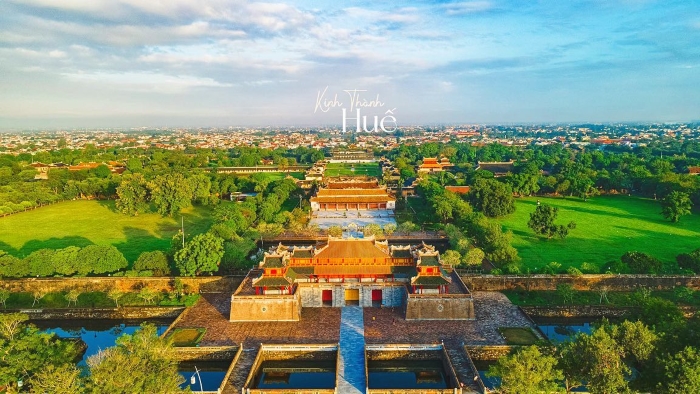
The optimal period to explore Hue is from March till August due to the comfortable and dry climate with temperatures ranging between 25°C to 35°C, which permits outdoor adventures and sightseeing. But if you want a calmer atmosphere with lower crowds, you can plan your visit during the off-season (September to February) when the weather is cooler.
Pros and Cons of Visiting Hue
Pros:
- Rich heritage and culture
- Stunning natural scenery
- Delicious food
- Affordable prices
- Friendly locals
Cons:
- Hot and humid weather during summer
- Limited nightlife options
- Language barrier for non-English speakers
- Heavy traffic in some areas
- Lack of direct flights from some international destinations
Alternatives to Hue
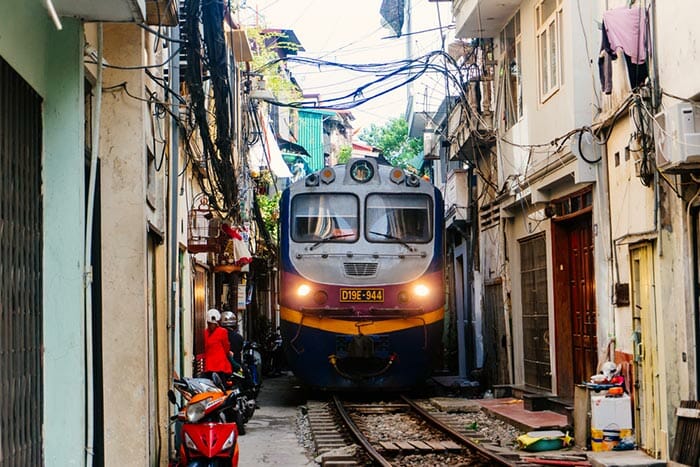
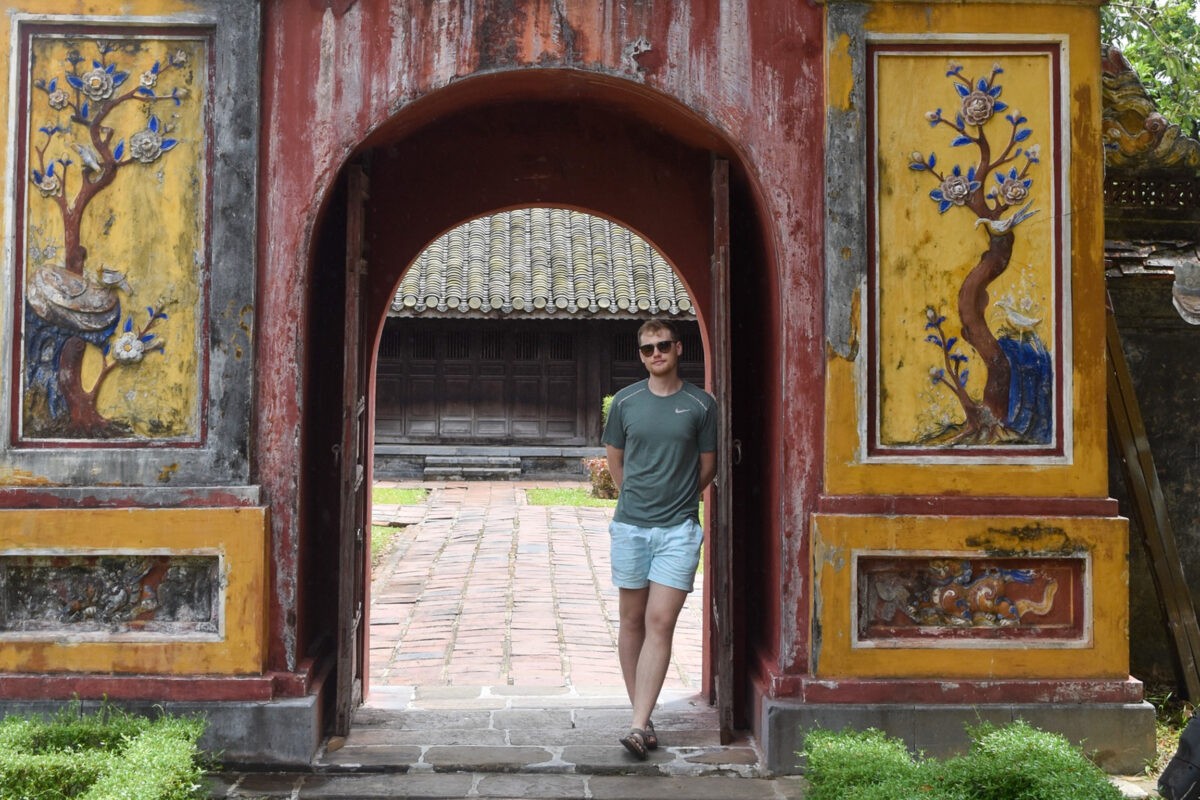
If you want to explore other places in Vietnam that provide comparable experiences like Hue, then there are some alternate options worth considering.
- Hanoi – the bustling capital city of Vietnam with a rich history and vibrant street life
- Hoi An – a charming UNESCO World Heritage Site known for its colorful lanterns, historic buildings, and picturesque riverside views
- Sapa – a mountainous region in northern Vietnam with breathtaking landscapes, diverse ethnic cultures, and scenic trekking trails
Step-by-Step Guide to Visiting Hue
- Book your flight and accommodation in advance.
- Apply for a visa if required (Chinese citizens can visit Vietnam for up to 30 days without a visa).
- Pack light clothing, comfortable shoes, sunscreen, and insect repellent.
- Explore the Imperial City, the tombs of the emperors, and the Thien Mu Pagoda.
- Try local specialties like Bun Bo Hue (spicy beef noodle soup) and Banh Khoai (pancake filled with shrimp and pork).
- Take a boat ride along the Perfume River and admire the surrounding scenery.
- Visit local markets like Dong Ba Market and shop for souvenirs.
- Enjoy the nightlife at bars like DMZ Bar and Brown Eyes Bar.
Tips for Visiting Hue
- Wear comfortable shoes as there is a lot of walking involved in exploring the city.
- Carry a bottle of water with you at all times, as the weather can be hot and humid.
- Learn a few basic Vietnamese phrases to communicate with locals.
- Bargain when shopping at local markets to get the best deals.
- Research transportation options in advance and avoid peak traffic hours.
The Best Places to Visit in Hue
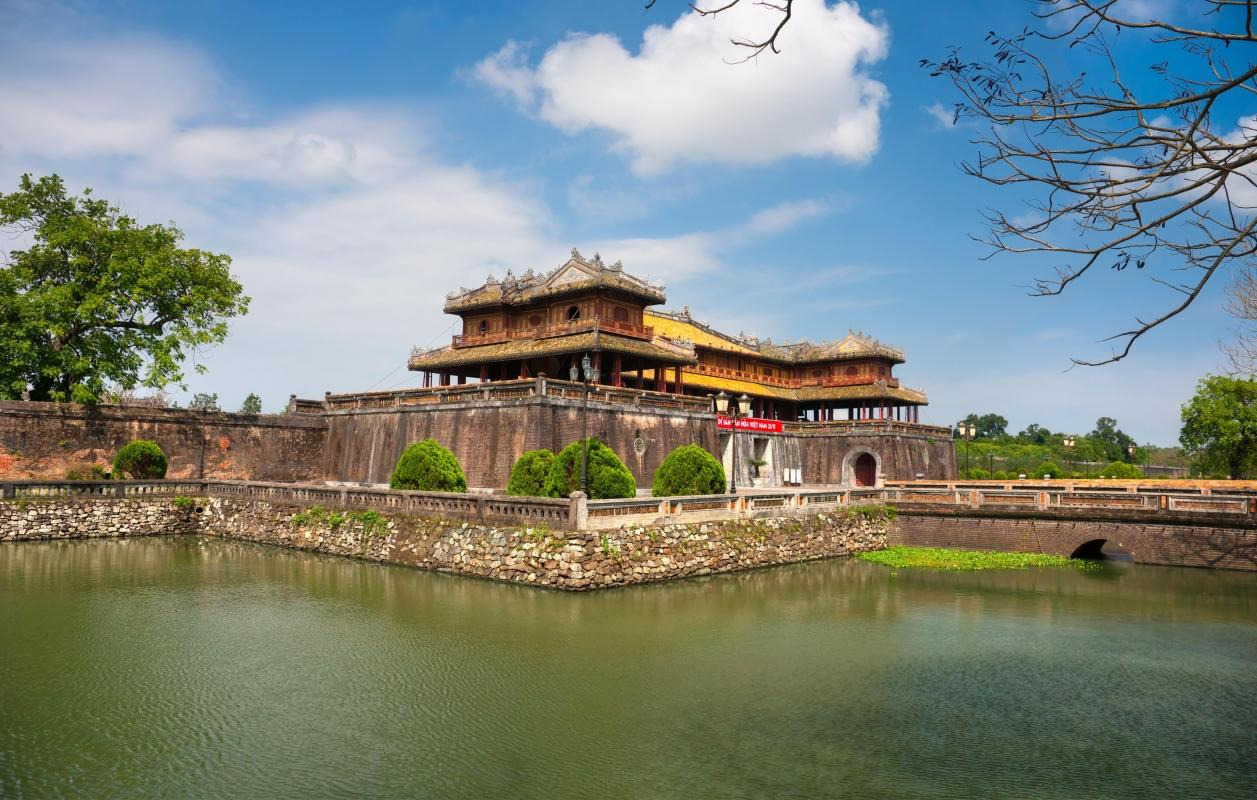
- Imperial City – the former residence of the Nguyen dynasty emperors
- Thien Mu Pagoda – an iconic landmark of Hue overlooking the Perfume River
- Tomb of Tu Duc – a peaceful resting place of one of the longest-reigning emperors of Vietnam
- Lang Co Beach – a picturesque beach with crystal-clear waters and breathtaking mountain views
- Bach Ma National Park – a natural reserve with diverse flora and fauna, scenic waterfalls, and hiking trails
Conclusion
Hue is a captivating city that offers a unique blend of historical importance, cultural heritage, and stunning natural beauty. For travelers from China to Vietnam, Hue is a must-visit destination because of its ancient temples, royal estates, and picturesque landscape. Whether you are traveling solo or with friends, Hue has something for everyone. You can explore the Imperial City, try local delicacies, shop at local markets, and never get bored while in Hue.
FAQs
- Is it safe to travel from China to Hue?
Yes, traveling from China to Hue is generally safe. Like any other tourist destination, it is always recommended to take necessary precautions to ensure your safety, such as avoiding walking alone at night and keeping an eye on your belongings.
- What is the currency used in Hue?
The official currency of Vietnam is the Vietnamese Dong (VND). However, US dollars and major credit cards are widely accepted in most tourist areas.
- Can I visit Hue on a day trip from China?
It is not recommended to visit Hue on a day trip from China as it takes several hours to travel from China to Hue. It is best to spend at least 2-3 days in Hue to explore all the major attractions and experience the local culture.
- Do I need a visa to visit Hue from China?
Chinese citizens can visit Vietnam for up to 30 days without a visa. If you’re not a Chinese citizen, you may need to apply for a visa in advance. Please check with the Vietnamese embassy or consulate in your country for more information.
- What is the best way to get around Hue?
The best way to get around Hue is by taxi, motorbike, or bicycle. Taxis are widely available, and fares are relatively cheap. Motorbikes and bicycles can be rented from local shops and are a great way to explore the city at your own pace. However, be aware that traffic can be chaotic, so it’s important to wear a helmet, follow traffic rules, and stay alert while driving.

